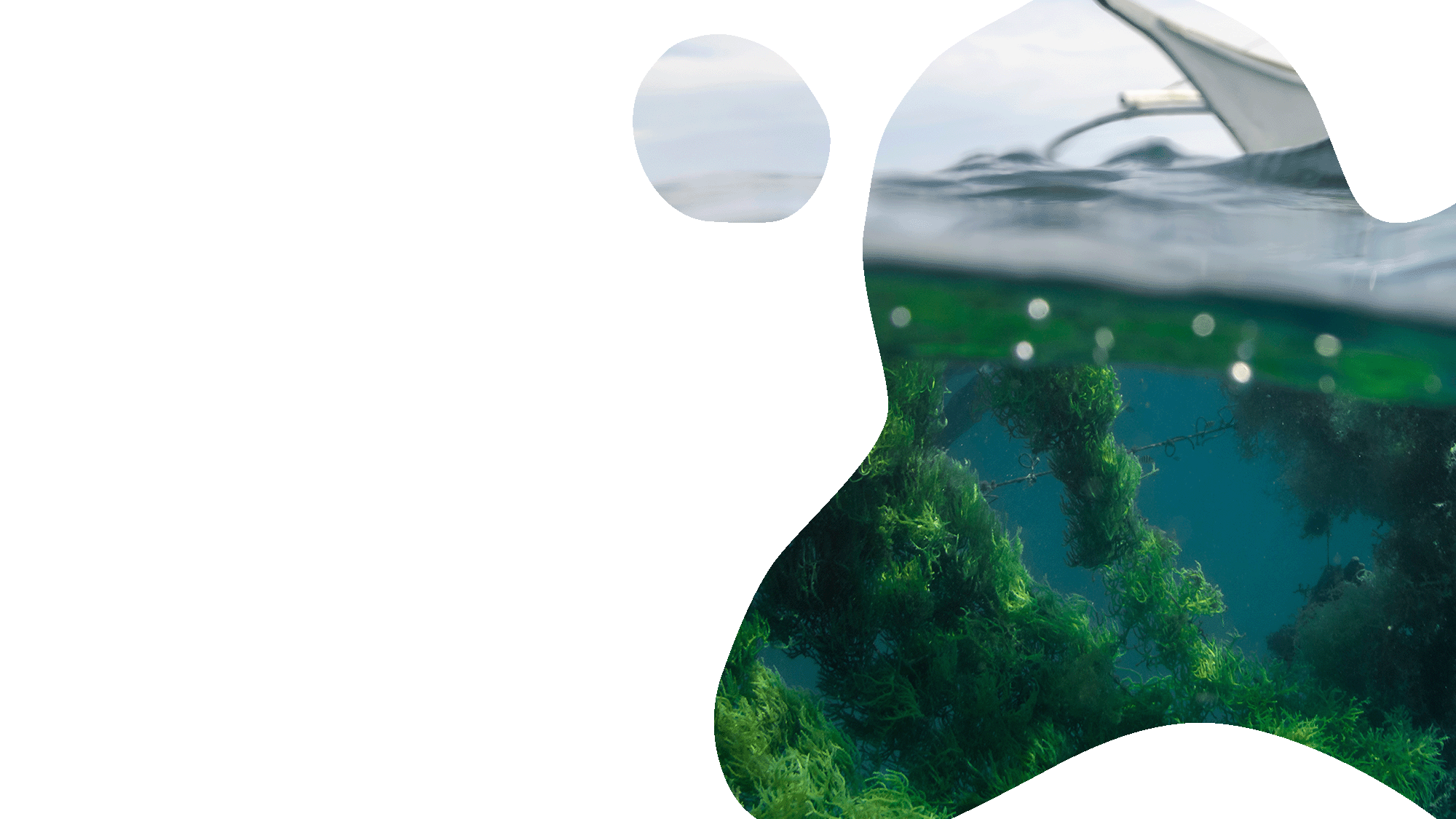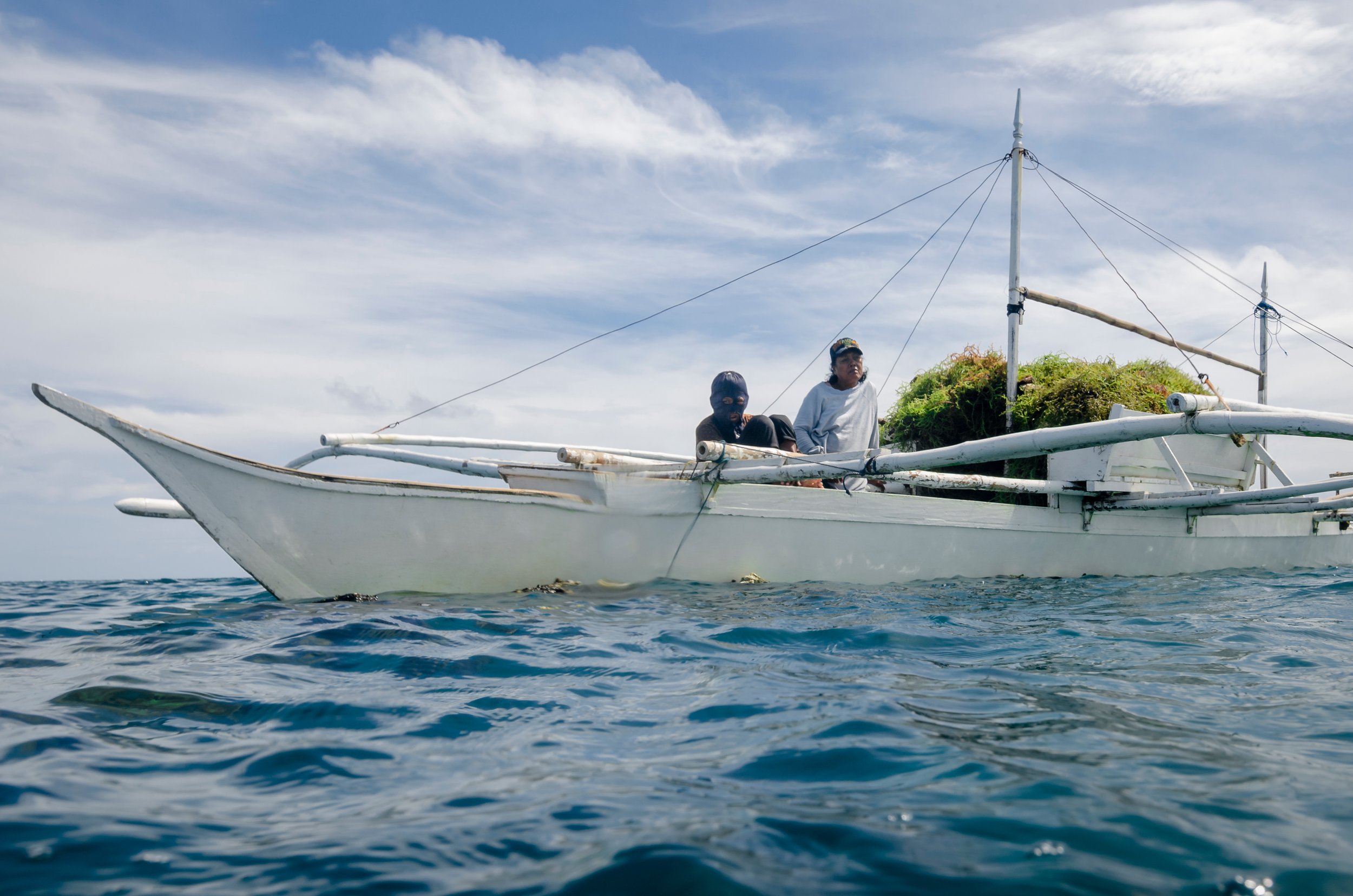
WE ARE ALREADY PROTECTING +5000 HECTARES OF PRECIOUS OCEAN ECOSYSTEMS - HELP US PROTECT EVEN MORE.
Coast 4C has developed a model that leverages the synergies between seaweed farming and marine protected areas to mutual benefit. Supporting seaweed farmers to increase their production and income helps to reduce dependence on fishing, and enables coastal communities to set aside larger areas of the sea. On average our ideal MPA model (iMPAs) covers 800 hectares, 45 times the national average size. Integrating seaweed farming in an appropriate zoning system within marine protected areas benefits both seaweed farmers and marine protected areas.
How we tie it all together
At Coast4C, everything starts at the community. Our success, their success and ocean conservation are closely aligned and can only happen together. Speak with us to learn more about our farmer communities and current engagements.
“Coast 4C is pioneering a transformative approach to ensuring coastal communities in the Philippines benefit from a sustainable blue economy by developing market-based solutions that leverage seaweed farming to enhance resilience in these climate-vulnerable areas.”
Chip Cunliffe, Programme & Risk Director, ORRAA
What is Regenerative Seaweed? Coast 4C’s regenerative seaweed farming model ensures:
Fair price for farmers: Ensuring producers receive a fair market price for their seaweed, improving their livelihoods.
Environmental stewardship: Preventing plastic waste, marine damage, and benthic habitat destruction through innovative practices via Coast 4C’s GROW initiative.
Integration with Marine Protection: Seaweed farming is linked with Coast 4C’s proprietary iMPA model, which elevates coastal protection from less than 1% to 30%.
Larger and more effective community-based marine protected areas (MPAs) are essential tools for maintaining marine biodiversity and replenishing fish stocks, and can be integrated with seaweed farming for mutual benefit. Marine protected areas are a key tool for replenishing fish stocks and marine biodiversity. The Philippines contains over 1,500 marine protected areas. With an average size of 16 hectares they are too small to meet national and international conservation targets.

Larger and more effective community-based marine protected areas (MPAs) are essential tools for maintaining marine biodiversity and replenishing fish stocks, and can be integrated with seaweed farming for mutual benefit.
iMPAs support and de-risk seaweed farming by:
Secure Tenure: Reducing water-use conflicts and ensuring long-term access for seaweed farming communities.
Prevention of Destructive Practices: Enforcing regulations and keeping damaging fishing methods away from farms.
Typhoon-Resilient Infrastructure: Introducing infrastructure that supports higher production standards and protects harvested seaweed from contamination, ensuring higher quality produce.
Impact of the Coast 4C approach so far:
iMPA Growth: The eight prototype iMPAs have expanded coastal protection coverage from less than 1% to 17.8%, which is 4,500% larger than the national average.
Financial Sustainability: The iMPAs foster self-sustaining management systems, reducing reliance on external funding while delivering tangible improvements in marine biodiversity and catch-per-unit-effort for local fishers.
Enhanced Seaweed Production: Trial results have shown a 4x increase in yields, improved post-harvest quality by 25 percentage points, and improved incomes for farmers through better prices.

